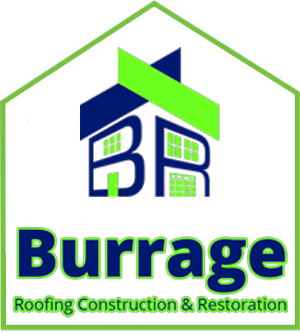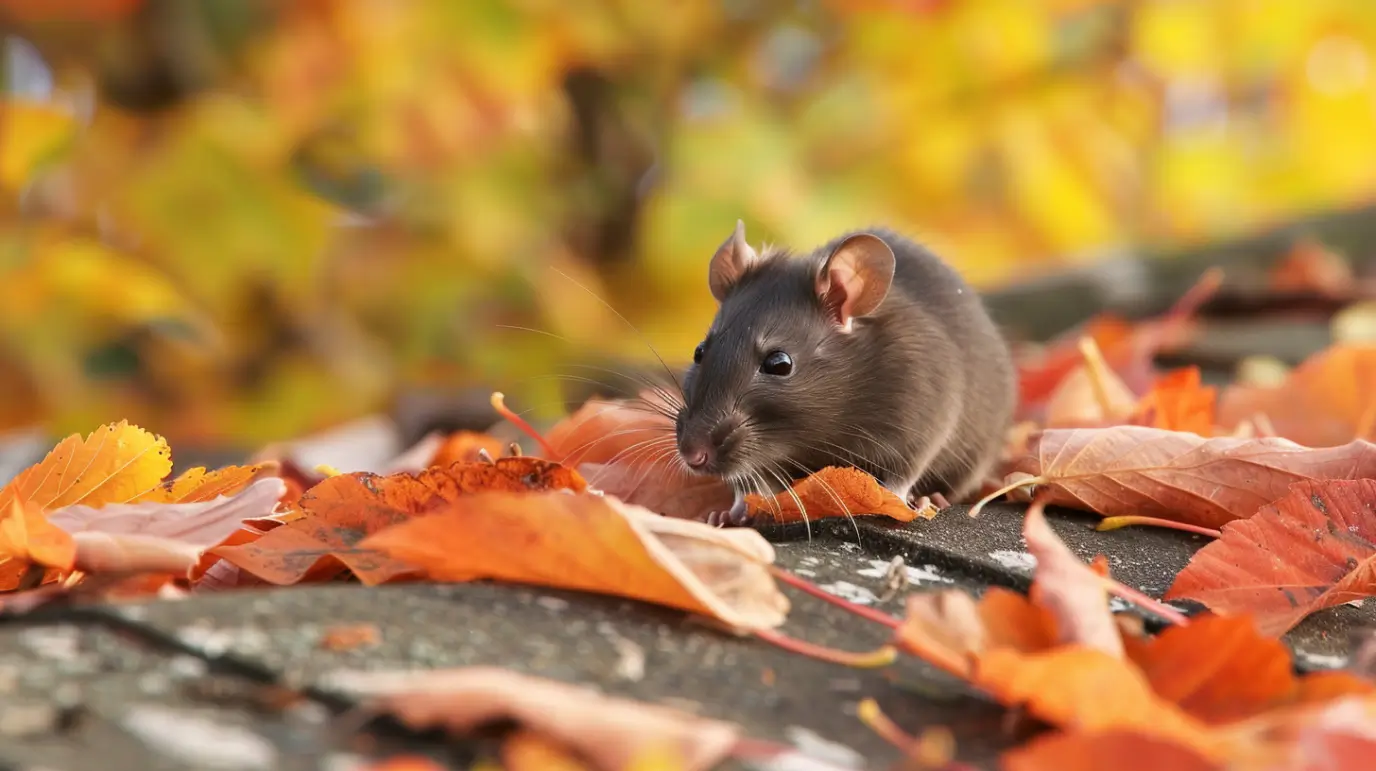As a homeowner, you might not realize how animal damage can threaten your home. Squirrels, raccoons, birds, and bats can exploit weak spots to gain entry, leading to water damage, safety hazards, and structural harm. Ignoring this issue may result in unexpected repair costs and risks to occupants. Fortunately, preventative measures and assistance from roofing experts like Burrage Roofing in East Moline, IL, can safeguard your home. With our experienced team, you can protect your roof from wildlife and ensure its longevity.
Common Animals That Cause Roof Damage in East Moline, IL
In East Moline, IL, critters like squirrels, raccoons, birds, and bats can cause significant roof damage for homeowners and businesses. These animals seek food or shelter and exploit weak spots in roofs, leading to costly repairs for fascia boards, shingles, and insulation.
Small animals like squirrels often chew on wiring, while larger ones like raccoons may tear up shingles to enter. Birds and bats create nests that can lead to mold growth from droppings, posing health risks for residents.
Contact Us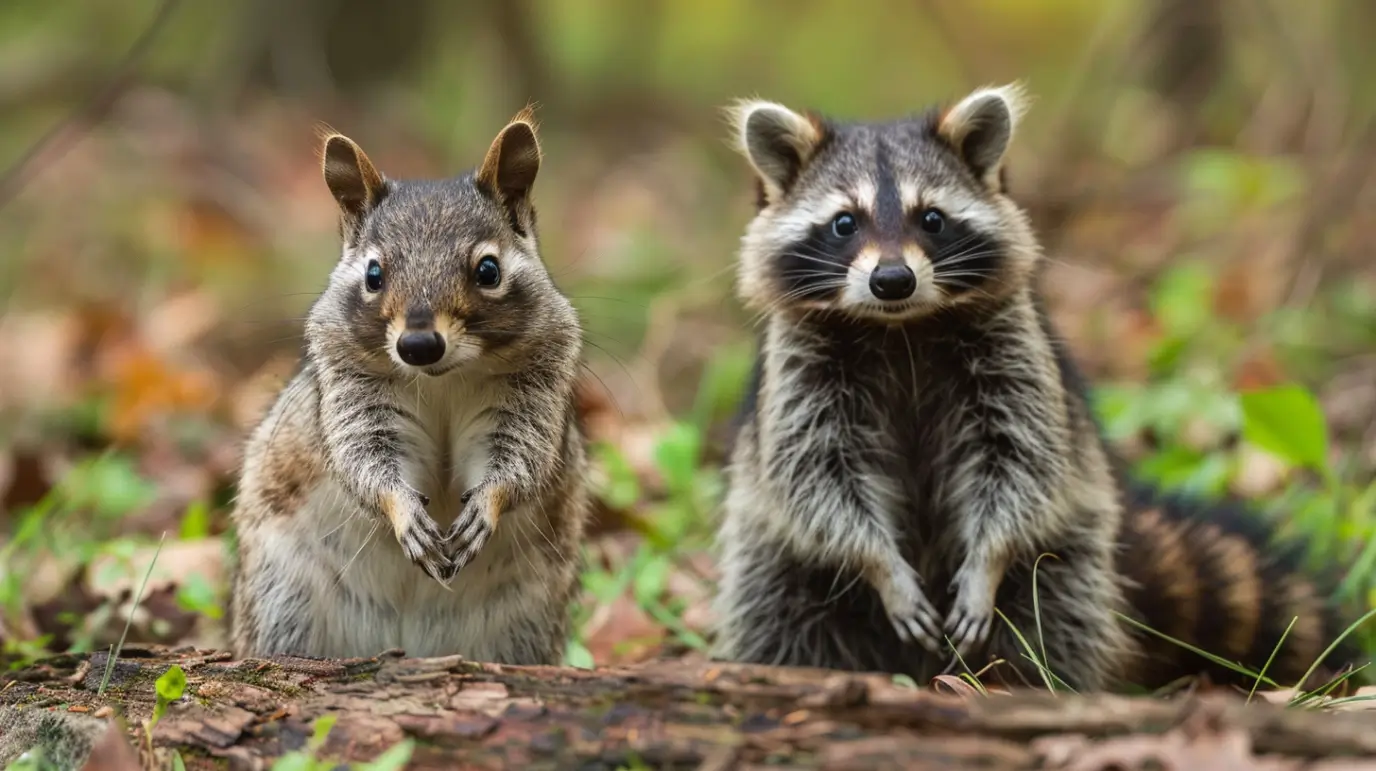
Squirrels and Raccoons: Persistent Intruders
Squirrels often chew through fascia boards, shingles, and vents to access attics. Once inside, they damage wires and insulation, increasing fire risks. Driven by the need for food and shelter, they persistently invade homes in residential areas.
Raccoons, being larger and stronger, tear up shingles and break fascia boards, creating holes that allow water to enter. Their nests in attics can further ruin insulation and exacerbate structural damage.
Birds and Bats: Nesting Hazards
Nesting birds and bats can cause significant roof damage if not addressed quickly. They often choose vulnerable spots like overhangs and vents, creating entry points for other pests. Bird droppings erode shingles, while bat colonies can lead to structural issues, including mold and insulation contamination.
These animals pose health risks due to pathogens in their droppings, which can also deteriorate roofing materials. Homeowners should conduct regular roof inspections and remove nearby food sources and potential nesting sites. Hiring experienced roofing professionals can help identify signs of infestation and implement preventive measures, protecting against costly repairs.
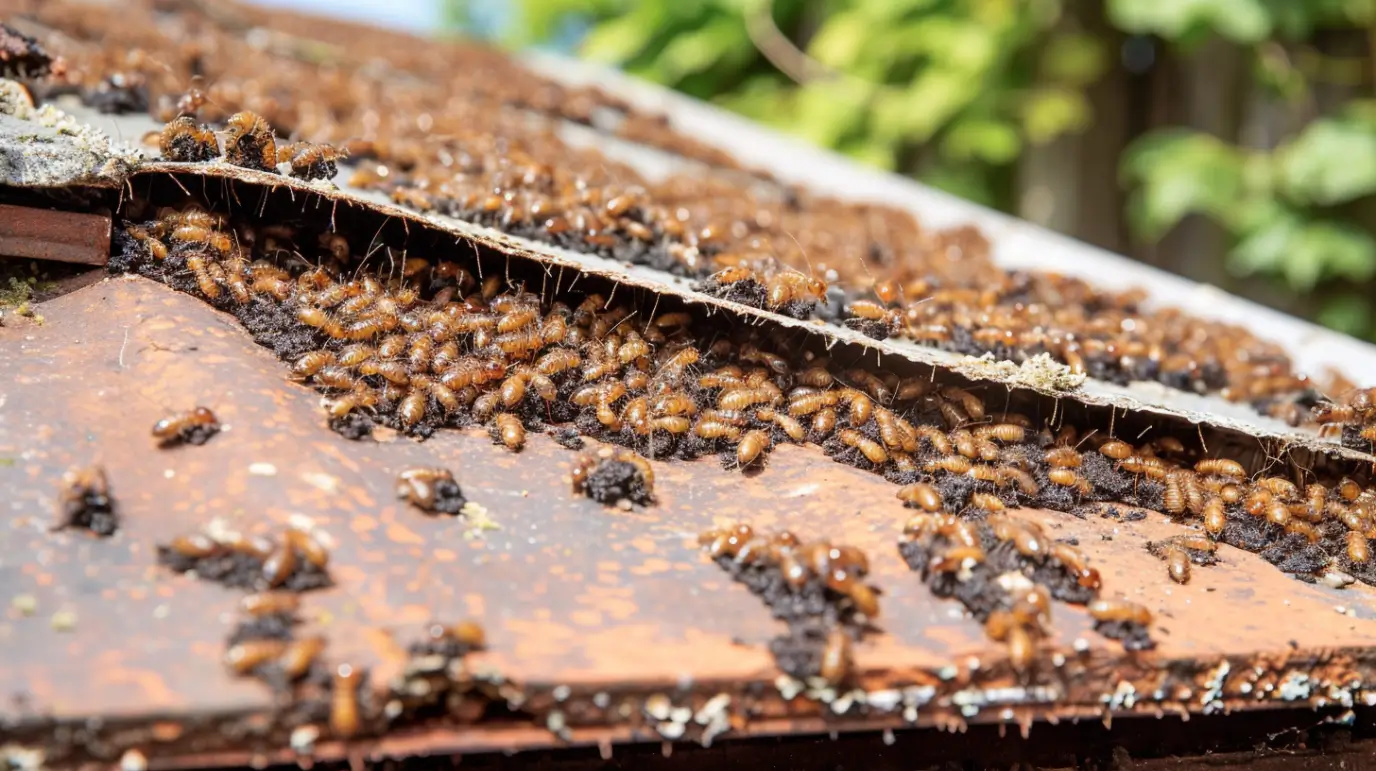
How Animals Damage Your Roof
Animal activity on your roof can quickly lead to significant problems. Critters chewing on shingles or invading insulation may cause leaks and water damage, weakening your roof over time. Droppings can promote mold growth, posing serious health risks.
Larger animals, like raccoons, can lift shingles, while squirrels and smaller critters often chew on wiring and wood, exacerbating the damage. These intrusions can allow water in, resulting in wood rot, leaks, and costly repairs. Spotting droppings or early signs of activity promptly is crucial to preventing further risks and damages.
Chewed Shingles and Structural Weakening
Animals like squirrels and raccoons often chew through shingles to access your roof, damaging the protective layer and exposing the underlying wood. This can weaken your roof, leading to wood rot and potential damage to vents and HVAC units. If left unaddressed, these issues can result in costly repairs that affect both your roof’s integrity and your home’s safety.
Professional roof repair can swiftly address these concerns. Promptly fixing shingles not only deters animals but also prevents further structural damage. A thorough inspection by experts will identify weak areas, allowing you to mitigate additional damage before it occurs.
Contaminated Insulation and Water Leaks
Animals often invade attics, leaving droppings, nesting materials, and mold that compromise insulation quality and energy efficiency, creating an unhealthy environment. Raccoons and squirrels can also enter crawl spaces, leading to contamination that fosters mildew and health risks.
Additionally, animal damage can cause water leaks. Raccoons and bats may create holes in the roof, allowing rainwater to cause wood rot and structural weakness.
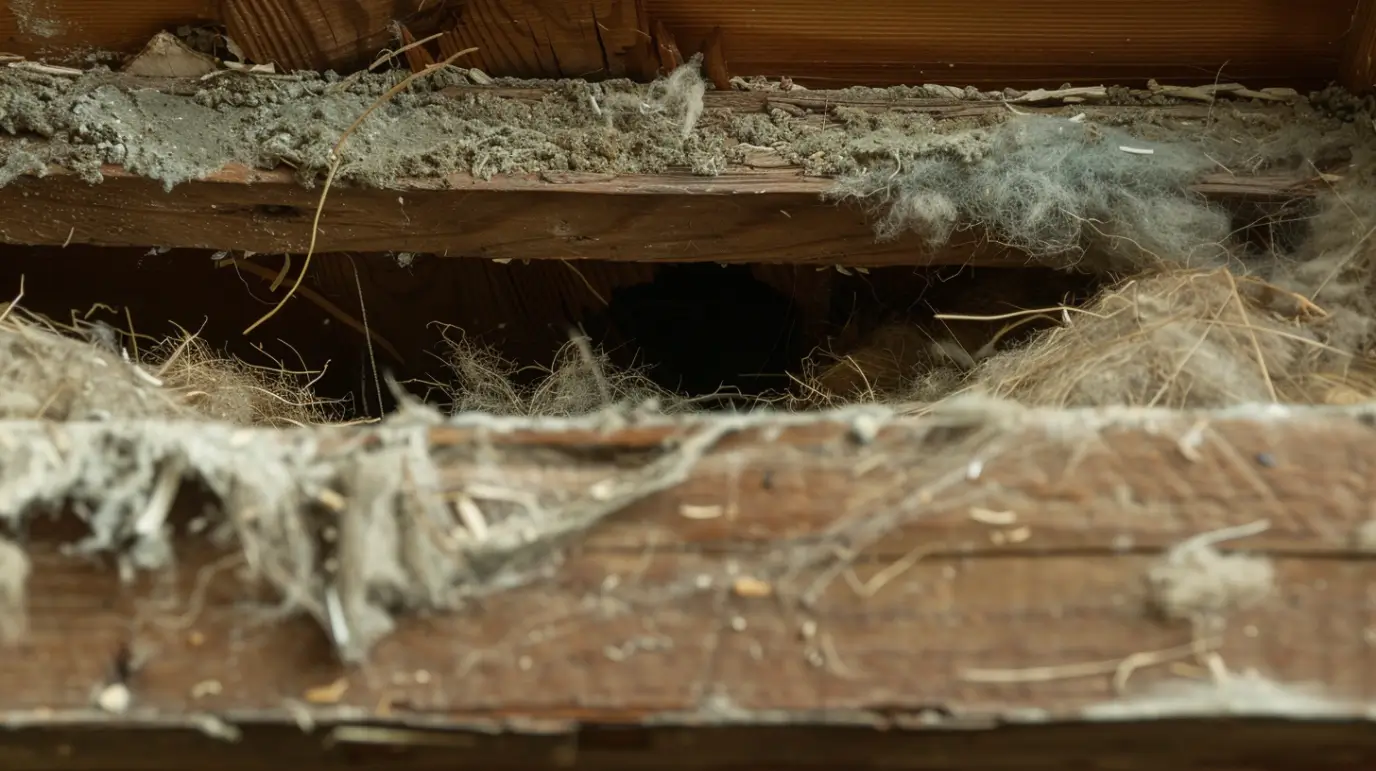
Identifying Signs of Animal Intrusion
Spotting early signs of animal intrusion can save your roof from damage. Look for gnawed shingles, droppings, and unusual marks near entry points. If you notice nesting in your attic or crawl space, address it immediately.
Fascia boards, vents, and chimneys are common entry points. Use a flashlight to check these areas for droppings or signs of damage. Being vigilant can help you take swift action, preventing costly repairs and ensuring your home’s safety.
Visible Entry Points and Droppings
Animals often enter homes through weak spots in the roof, like openings near fascia boards, vents, or chimneys. Once inside, they chew and nest, causing damage.
You may find droppings that indicate their presence and can harbor germs promoting mold growth. Bats produce strong odors, while larger animals like raccoons leave claw marks at entry points.
- Inspect roof vents and chimneys for nests or debris.
- Check for openings near tree limbs that could serve as bridges.
- Look for scattered insulation or gnaw marks in the attic.
Identifying these entry points and droppings early prevents further damage and stops mold growth from affecting your home.
Unusual Noises and Odors in the Attic
Strange sounds and odors from your attic often indicate critters. You might hear squirrels in crawl spaces or bats near vents, while nighttime noises may signal raccoons searching for nests.
Odors can pose health risks, especially if droppings accumulate in enclosed spaces like the attic. Contaminated insulation can worsen these smells and lead to breathing issues. Thus, unusual sounds and smells suggest unwanted animals are present.
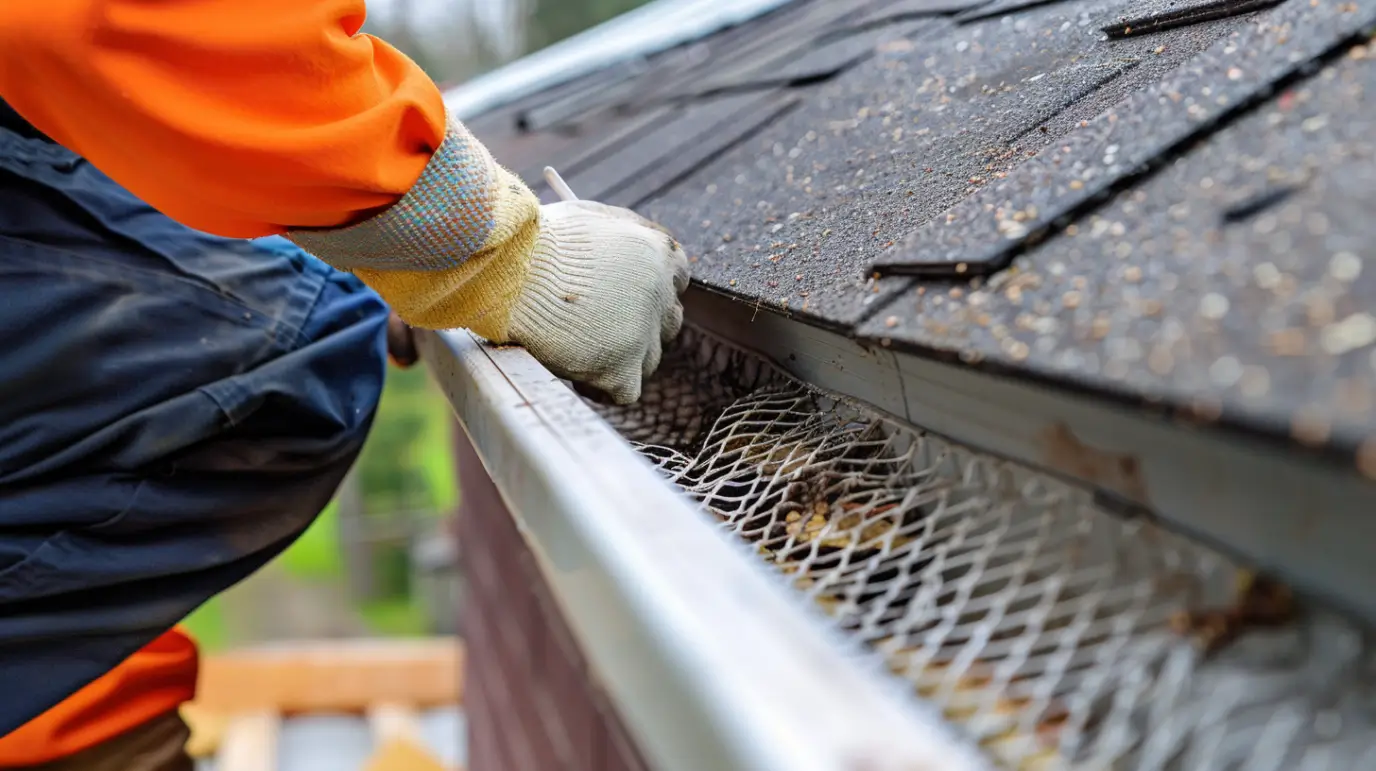
Preventing Animal Damage: Practical Strategies
Preventing critters from accessing your roof is crucial. Seal potential entry points and eliminate easy food sources. Trim tree limbs near your house to reduce the risk of animals entering. Regular maintenance enhances your home’s safety.
Invest in periodic roof inspections; professionals can identify and fix weak areas promptly, giving you peace of mind. These preventative measures deter pests and protect against leaks, mold, and structural issues, ultimately saving you from costly repairs over time.
Sealing Vulnerable Areas and Installing Barriers
To keep critters out of your home, seal vulnerable areas effectively. Animals can access gaps in fascia boards, vents, and chimneys. Cover these openings with sturdy barriers and wire mesh to block their entry and prevent damage.
Chimney caps are effective against raccoons, while mesh screens protect soffit vents from wildlife. Bird spikes can deter large birds from nesting on the roof’s edge.
- Apply durable metal flashing to seal damaged sections.
- Use mesh barriers for vents and ridgelines.
- Install quality chimney caps to prevent nesting.
Combining these strategies will significantly reduce critter access and maintain your roof’s integrity. A professional inspection can ensure these measures are properly implemented.
Regular Roof Inspections and Timely Repairs
Regular roof evaluations are essential for maintaining integrity and preventing animal damage. Roofing professionals recommend a thorough inspection at least once a year to identify potential entry points for critters seeking food or shelter. Focus on areas prone to wear, such as shingles, vents, and fascia boards.
Timely repairs can prevent further damage and ensure your home’s safety. Ignoring damage signs may lead to costly repairs and structural problems. With regular maintenance and expert guidance, homeowners can feel secure knowing their roofs are protected against unwelcome intruders.
Connect With Us
Taking immediate action against animal damage on roofs is crucial for your home’s integrity. At Burrage Roofing in East Moline, IL, we are proud to be an IKO Craftsman Premier Installer and a BBB Accredited Business, which reflects our commitment to quality and customer satisfaction. We recommend homeowners implement preventative measures, including inspecting the roof and sealing entry points. Our partnerships with suppliers like SRS, ABC Supply, Richards Supply, Final Siding, and James Hardie allow us to provide the best materials for your roofing needs. Our team emphasizes that regular maintenance, like monitoring nearby trees for overhanging branches, can deter animals seeking food, ensuring your roof remains safe and secure.
Read our blog: Energy‑Efficient Roof Upgrades That Pay Off
Frequently Asked Questions
What are the most common animals found on roofs in Illinois?
In Illinois, common roof-dwelling animals include squirrels, raccoons, birds, and bats. These creatures often seek shelter in attics or under shingles, leading to potential damage and health risks if not addressed promptly. Monitoring your roof can help prevent these issues.
How quickly should animal roof damage be addressed?
Addressing animal roof damage promptly is crucial to prevent further deterioration and costly repairs. If you notice signs of intrusion, act within days to mitigate risks like structural weakness, water leaks, or contamination in insulation. Timely action can save you money and protect your home.
